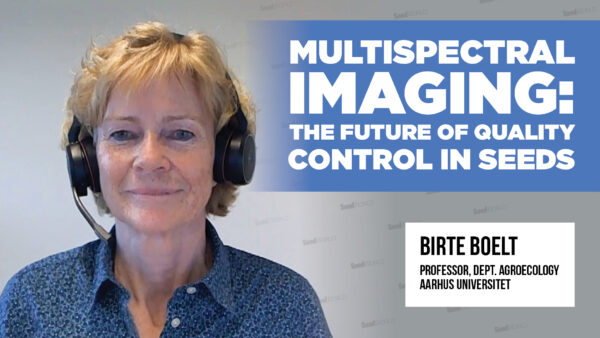Before you invest time and money in traditional strategic planning, consider this—only five to 10 percent of strategic plans are ever implemented. The reason most organizations engage in strategic planning is to reduce anxiety. It’s like taking a couple of aspirin for a headache.
The reason businesses fail to adapt in our rapidly changing world is because they only look three to five years ahead in a traditional strategic planning process. They simply view the future as an extension of the past, which means they are trying to solve tomorrow’s problems with yesterday’s solutions. That’s why so many companies get swallowed up or swept away in the tsunami of agricultural consolidation.
I ditched the traditional strategic planning process years ago and developed a pioneering process that looks 30 years into the future. If you want to be part of the seed industry of the future, you’d better stop planning and start pioneering.
Let’s assume you’ve asked me to help you do that with your company. We’d start by selecting a group of employees, breaking them into teams and asking them the following questions:
1. What did the world and the seed industry look like 30 years ago? Would you have predicted the monumental changes that have taken place in the last 30 years?
2. What will the world and the seed industry look like 30 years from now? Lest you think this too difficult, remember Jules Verne was writing about a trip to the moon 100 years before it happened.
3. What will your organization have to be, do and look like to succeed in the future you just described? Borrow a page from Star Trek and dare to “boldly go where no man has gone before.”
4. What will you have to do to get there? Armed with ideas of what your organization will have to be in the future, what are you going to have to do now?
The collective answers to these questions provide all the information we’ll need for the next assignment. Your company has been named as The Model Organization in the year 2043. We’ll form a team and have each member write a 1,000-word article from the perspective of 30 years in the future, describing what happened between then and now that enabled you to become that model organization.
This is a process of writing tomorrow’s history today. Everything you need to succeed in the future is contained in that history. We’ll identify your organization’s purpose, operating philosophy, business models, structure, goals and objectives. Implementation then becomes a matter of living the history. What makes this process effective is that instead of starting at the present and trying to work your way forward, you are starting at the future and working your way back.
This is a much-condensed overview of my pioneering process, and I customize it to fit the client. It takes a genuine commitment of time, energy and money. If you simply want to reduce your anxiety, take the road most traveled and use the traditional planning method. But if you actually want to be around to succeed in the future, you’d better do some serious pioneering. Pioneering has never been for the faint of heart. It’s for those who want to lead rather than follow, and thrive instead of just survive. Pioneers take the road less traveled. Which road will you choose?
Jim Whitt, founder, Purpose Unlimited












